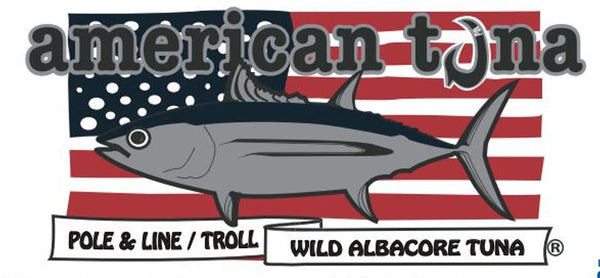In the world of seafood, the term “pole-caught tuna” has gained significant attention. But what exactly does it mean, and why should consumers care? This article delves into the intricacies of pole-caught tuna, exploring its benefits and how it compares to other fishing methods.
What is Pole Caught Tuna?
Pole catching, also known as pole-and-line fishing, is a traditional and sustainable method of catching wild tuna. This technique has been used for centuries and is considered one of the most environmentally friendly ways of catching tuna.
The process of pole catching tuna involves using a fishing pole with a short line and barbless hook. Skilled fishermen attract schools of tuna to the fishing vessel and then individually catch tuna one at a time. This method is not only used for catching wild tuna but is also sometimes employed in catching wild salmon and other fish species.
Benefits of Pole Caught Tuna
Environmental Sustainability
Pole catching is widely regarded as an ocean catch seafood method that minimizes environmental impact. Here's why:
- Reduced bycatch: Unlike other fishing methods, pole catching results in minimal accidental capture of non-target species.
- No habitat destruction: This method doesn't damage the ocean floor or coral reefs.
- Selective fishing: Fishermen can target specific sizes and species of tuna, allowing smaller fish to mature.
Quality of the Catch
The individual attention given to each fish during pole catching results in higher quality meat. Fish are caught and processed quickly, preserving freshness. Additionally, the reduced stress on the fish leads to better texture and flavor in the final product. This level of care is comparable to safe catch salmon methods, ensuring premium quality seafood.
Pole Caught vs. Other Fishing Methods
When compared to other methods of catching tuna, pole catching stands out for its sustainability and quality. Let's look at two common alternatives:
Longline Fishing:
- Uses long lines with multiple baited hooks
- Higher rates of bycatch, including endangered species
- Can result in overfishing
Purse Seine Fishing:
- Uses large nets to encircle schools of fish
- Can catch entire schools, including juvenile fish
- Higher risk of dolphin bycatch
Pole catching, on the other hand, aligns more closely with the principles of natural catch tuna, prioritizing sustainability and quality.
The Role of Pole Caught Tuna in Sustainable Fishing
As consumers become more environmentally conscious, the demand for sustainably caught seafood has increased. Pole caught tuna plays a crucial role in meeting this demand. Many pole catching operations are small-scale, supporting local economies and preserving traditional fishing methods. The success of pole caught tuna also encourages other fishing operations to adopt more sustainable practices, setting new industry standards.
Choosing Pole Caught Tuna
When shopping for tuna, look for labels indicating:
- "Pole and line caught"
- "Pole caught"
- "Troll caught"
These labels ensure you're getting a product that aligns with sustainable fishing practices.
Conclusion
Understanding what pole caught tuna means goes beyond just knowing a fishing method. It represents a commitment to sustainable practices, high-quality products, and the preservation of marine ecosystems. By choosing pole caught tuna, consumers can enjoy delicious seafood while supporting environmentally responsible fishing practices.
Whether you're a fan of tuna or salmon, opting for pole caught or similarly sustainable methods ensures that you're making a positive impact with your seafood choices. As the demand for responsibly sourced seafood grows, methods like pole catching for tuna and safe catch techniques for salmon will play an increasingly important role in the future of the fishing industry.
